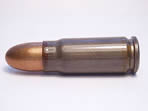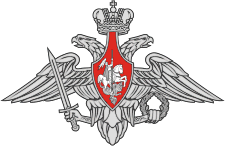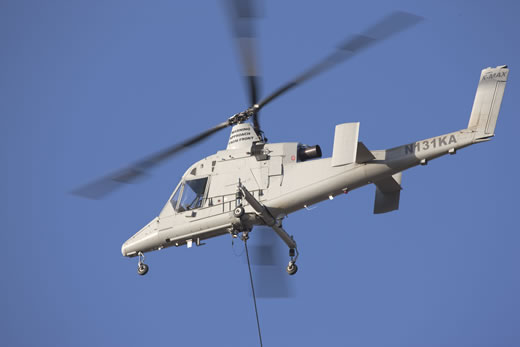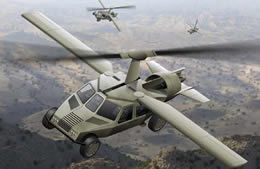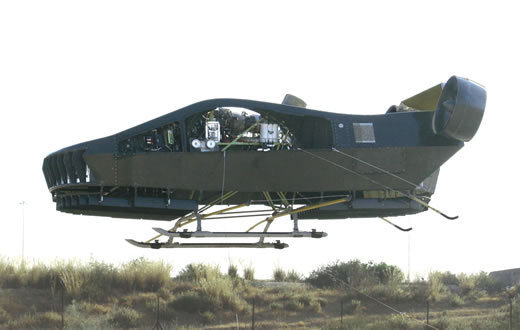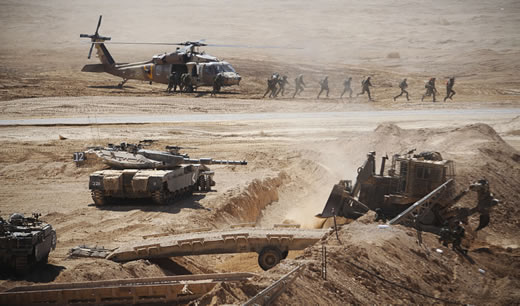
ISDEF 2010 is a leading defense event in Israel, serving the military and Special Forces, security agencies, law enforcement and correctional prison authority. The 2010 event is the fourth ISDEF exhibition taking place in Israel, it will also be the largest event, offering visitors and exhibitors new opportunities including live demonstrations and networking. The exhibition is provided exclusively for professional visitors and is closed to the general public. Defense Update, the media sponsor for IDEF 2010 presents a preview the event’s main themes and exhibitors. The exhibition will be held on October 18-20, 2010 at the Israel Trade Fairs Center in Tel Aviv, Hall 14-15.
Coinciding with ISDEF 2010 is the Homeland Security (HLS) Conference organized by the Technologies Group. The HLS conference is devoted to the different trends, innovations, developments and applications in this field, with an emphasis on designated electronic systems. Among the topics to be discussed are crisis management, surveillance and monitoring, information tools and algorithms for the analysis of large databases, automatic target identification and tracking, biometric identification systems including facial recognition, remote sensing of explosives, communication networks, communications monitoring and interception, advanced sensors and more. The conference will be held adjacent to ISDEF 2010, on October 19, 2010 at halls 12-13.
In 2009 ISDEF attracted over 2500 visitors, among senior officials from key local and international government agencies and the military, procurement officials from Israeli establishments, foreign procurement delegations, representatives, foreign attaches, an The event is sponsored by government agencies such as Israel’s Manufacturers Association, the Industrial Cooperation Authority (ICA) and Israel’s Export Institute. According to the organizers, 120 exhibitors are expected to participate in this year’s fair, up from 65 in 2009. Visitor attendance is expected to more than double to about 5,000 local and foreign visitors. In addition to many local Israeli companies, ISDEF will also host exhibitors coming from the U.S.A, Canada, the U.K., Sweden, the Netherlands, Slovenia and India.
Exhibits in ISDEF span over many areas, from personal equipment, small-arms weapons and weapon modifications for individual and the squad level, counter-IED, combat engineering equipment, urban assault systems, night vision systems, advanced communications, HAZMAT, CBRN and explosive identification systems, intelligence, surveillance and reconnaissance (ISR) systems, and more.
Several exhibitors are showcasing small caliber weapons and ammunition, including less than lethal ammo, weapon modification,tactical lighting, adaptation and enhancement of firearms utilizing custom design accessories and replacement parts. U.S. Ordnance will showcase weapon currently under production for military customers, primarily NATO standard M2HB/QCB heavy machine gun, M60E4/Mk43 light machine gun, M60D Enhanced and M4/M203 weapon systems. Conversions of the M16/M4 weapons is also covered, offering better accuracy, low acoustic signature, greater accuracy and improved reliability over the original AR15, M16 and M4 family of weapons.
Personal gear for the warfighter is well represented at ISDEF, including name leading brands such as protective eyewear from ESS and CamelBak hydration systems, and footwear manufacturer Wellco, showcasing the ‘Blast Boots‘, part of the company’s line of military footwear. The Blast Boot’s unique design deflects mine blast outward from the point of contact, providing the wearer the protection, flexibility and comfort for extended operation in mine infested areas.
EZ-Info will introduce a new combat identification system, effective in the visible, thermal and NIR spectral bands, enabling effective identification of friendly forces and battlefield preparation using concealed target reference points, clearly marking and effectively engaging enemy targets in complex, protected areas. GMA is also demonstrating innovative multi-spectral camouflage techniques utilizing their proprietary Aketon concealment system.
Idan will show how aerial recce images transform into two- and 3D models providing detailed intelligence resources for military planners and the warfighters, utilizing the company’s Oblivision and Telem applications. Advanced electro-optical equipment for personal use and unit level applications will also be displayed by several manufacturers from Israel and abroad. Electro Optical system will be presented by a number of companies, including the U.S. FLIR Systems, and Newcon Optik from Canada.
Systems designed for the detection of explosives, chemical or biological agents are also attracting increasing interest among world military, homeland security and agencies responsible for hazardous materials (HAZMAT). At ISDEF, Proengine will demonstrate CBR agent detectors based on flame spectrometry technology, enabling almost instant, simultaneous detection of multiple hazardous chemical warfare agents or biological pathogens. The Israeli company STI will showcase their forensic an explosive identification sensor, analyzing vapor and trace vapor samples for reliable and accurate identification of commercial, military and improvised explosives. Verint, a specialist in lawful interception and actionable intelligence from video surveillance, will also present its solutions for homeland security.
The Israeli startup company Camero will demonstrate its innovative sensor capable of ‘seeing through walls’. Camero will demonstrate how assault teams can use the handheld XaverT 400 radar to view people and movement behind walls.
Law enforcement systems are also exhibited here. Among the innovative products and technologies to be exhibited at ISDEF, are the alcohol interlock, developed by the Canadian company ACS. Also known as an ignition interlock, this in-car breath alcohol screening instrument prevents a vehicle from starting if it detects a driver’s blood alcohol concentration (BAC) over a pre-set limit.



